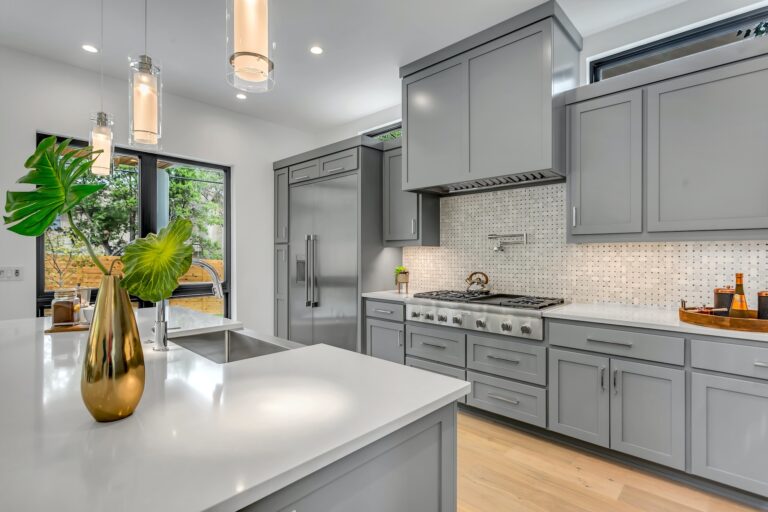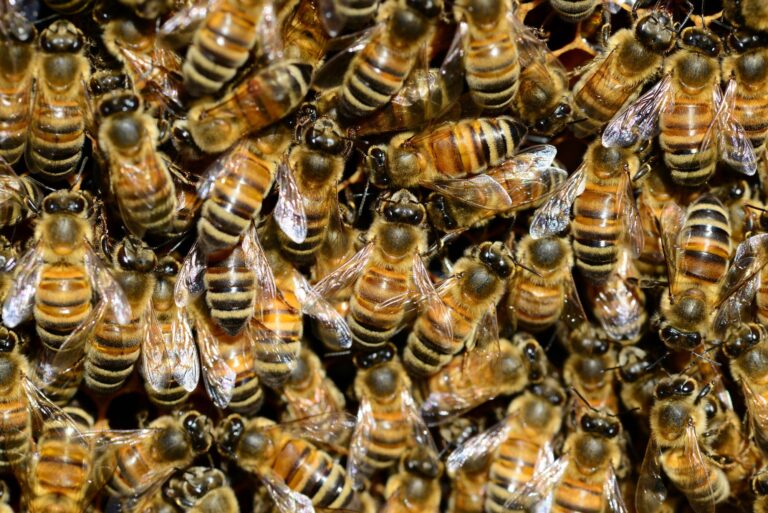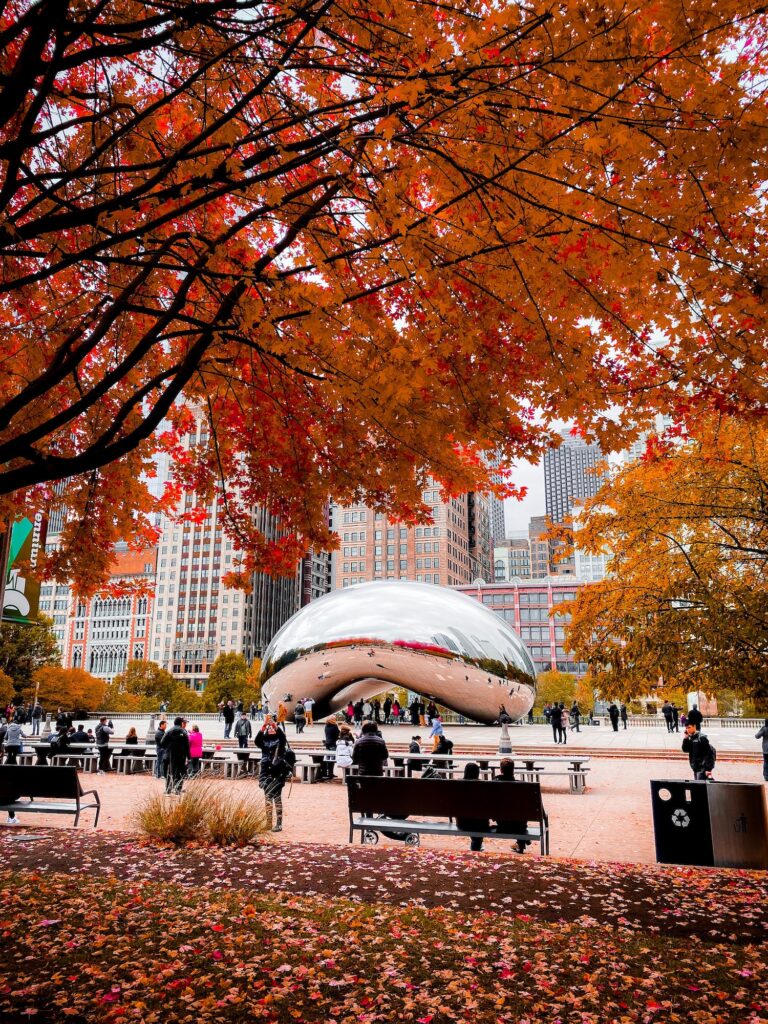4 Simple Ways to Improve Indoor Air Quality
Your home’s interior air quality affects your health and wellbeing. Your home is a sanctuary where you should feel safe and healthy, but did you know that the quality of the air you breathe indoors can affect your overall wellbeing? As people spend 90% of their time indoors, it is crucial to maintain clean and healthy indoor air quality to avoid harmful effects on health.
Despite living in modernized areas, indoor air pollution can be more hazardous than outdoor air pollution. Poor indoor air quality can cause allergies, respiratory problems, and even affect cognitive function. Fortunately, there are several simple and effective techniques to improve indoor air quality, such as replacing air filters, adding greenery, and improving ventilation.
There are several techniques to enhance the air quality in your house. Many of them are simple, and there would also be a few reasons not to adhere to them due to a lack of results.
But, follow these suggestions for convenience and comfort to enhance the air quality in your home.
4 Simple Ways to Improve Indoor Air Quality
Replace Air Filters
Indoor air contaminants originate from a variety of sources. Regardless of whether it’s usual home dust, pet dander, or pollen on shoes and clothing, the presence of unpleasant particles in the air is certain.
The air filters in your home’s HVAC system serve as the lungs, making them a crucial aspect of your air conditioning system. Air travels past them, and harmful particles are filtered out, ensuring that only the purest air is drawn into the system and circulated. To maintain the health and efficiency of your HVAC system, it is therefore essential that you regularly replace your HVAC filters for your AC. This guarantees they are operating at their maximum capacity, keeping the indoor air quality of your home clean and safe for everyone.
Check the manufacturer’s instructions for your HVAC system for precise instructions. You could even go one step further and look into something like one of these Whole-Home Humidifiers to help increase the levels of moisture in the air and prevent the spread of viruses and other nasties.
Add Some Greenery
Adding indoor plants is an excellent approach to purifying indoor air. These indoor plants filter the interior air to how outside plants filter the outdoor air. Some plants are more effective than others at purifying the air. Thus, you may wish to exercise caution while selecting plants.
Ivy, for example, is very effective in filtering out indoor pollution. It also does not need much light, and thus, there is no need to position it near a window.
But, if you have mould sensitivity, you should avoid plants. Many plants, like damp soil, can support mould growth.
Improving Ventilation
Ventilation improves air circulation, and it dilutes the number of hazardous particles in the house by bringing in outside air. If the weather permits, opening the windows is a fantastic idea. You may install window fans to remove polluted air and draw in the fresh air. But this is not a viable choice for towns near large roadways or industrial facilities, as the air outdoors may already be contaminated.
Use the mechanical ventilation available in your home. Run an exhaust fan over the cooktop when cooking, and turn on the bathroom exhaust fan when you shower. Check if your vent vents to the outdoors; there are many vents within, stale recirculating air. This may be remedied by opening a window.
Why Is Indoor Air Quality Essential?
In general, poor air quality has a significant influence on your home’s comfort and your health as a whole. Although specific symptoms may appear moderate, they progress to more severe consequences. Despite the impossibility of eliminating all allergens from your house, you may limit their presence and your exposure by implementing these few easy modifications.
Conclusion
In conclusion, it is crucial to maintain good indoor air quality in our homes to promote a healthy living environment. Poor indoor air quality can have adverse effects on our health, including respiratory problems, allergies, and other health issues.
By implementing simple measures like replacing air filters, adding some greenery, and improving ventilation, we can improve indoor air quality significantly. By being mindful of the quality of air we breathe indoors, we can promote a healthier and more comfortable living space for ourselves and our loved ones.










